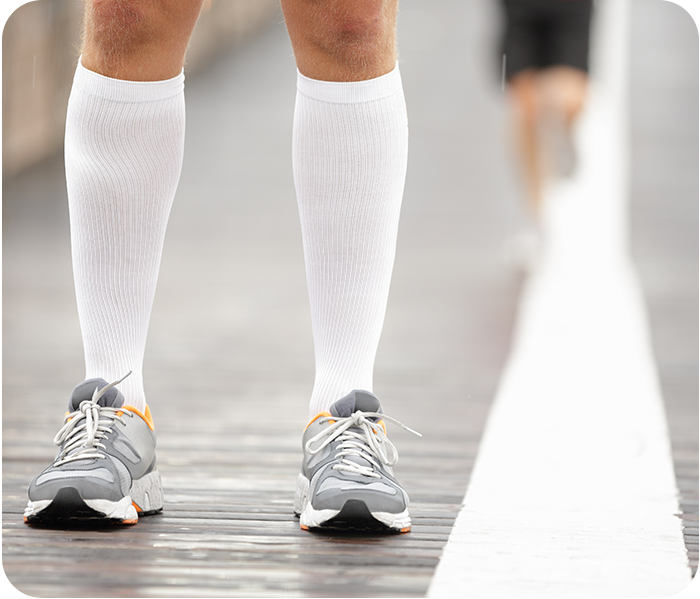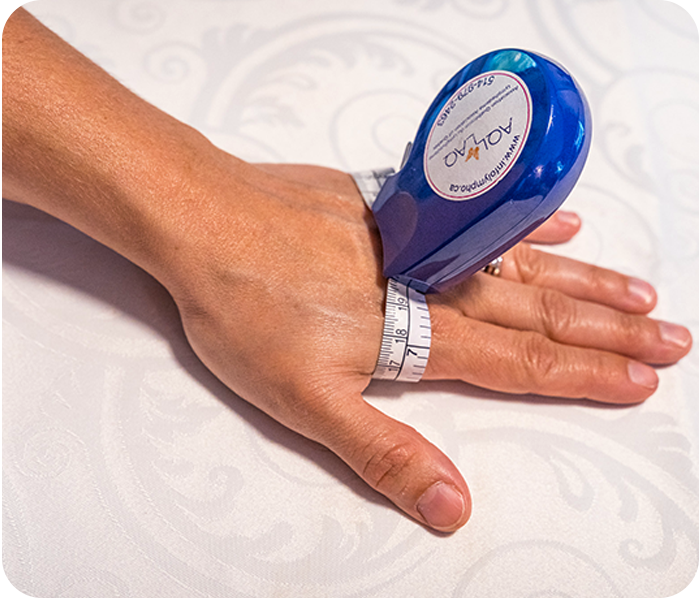Menu
Garments must be prescribed by a physician and fitted by a specialist in the art of measuring. They can be purchased off-the-shelf or made-to-measure, but must always fit properly. Compression garments are worn during the day, especially during periods of high activity.
They must be removed at night. A variety of non-elastic and limited-elasticity compression products are available for day and night wear. While you’re waiting for your compression garment to arrive, it’s a good idea to stabilize your lymphedema with self-bandaging.


Exercise, movement and deep breathing stimulate lymphatic circulation. General physical activity increases strength, preserves joint mobility, helps maintain a healthy weight, and helps prevent injury. Be as active as possible.
Keep in mind that exercise promotes lymphatic drainage and stimulates alternative lymphatic pathways to take over from failing parts of your lymphatic system.
Maintain a normal body weight, as being overweight is associated with worsening lymphedema symptoms. There are still no specific dietary recommendations for lymphedema. Try to follow a balanced diet as recommended by Canada’s Food Guide.
In some cases, to maintain the results of treatment, your therapist may teach you to self-manage. This will improve your independence.
Lymphedema is a condition that requires daily care. Your therapist and/or an LAQ support group will teach you how to manage it. To ensure your autonomy, you’ll be introduced to self-management, self-massage (a simplified version of MLD), and skin care.
Your therapist will teach you self-massage techniques to ensure better lymph circulation.
Self-measurement is a quick and easy way to monitor the lymphoedematous limb. Measure once a month if your lymphedema is stable, and more often if it varies. Keep a record of your measurements. If the limb swells further and self-bandaging isn’t enough to stop the increase, consult your therapist.

The Lymphedema Association of Québec provides support, education, and awareness to people living with lymphedema, as well as their families, friends, and healthcare professionals. We provide information and educate about lymphedema and its causes, risk reduction, and treatments for this chronic disease, and encourage scientific research leading to a cure.
Lymphedema Association of Québec
Therapeutic Support Program
1 866 979-2463
514 979-2463
Mailing address
CP 152, Bureau Chef Branch,
Saint-Hyacinthe,
QC, J2S 7B4
Telephone
1 866 979-2463 / 514 979-2463
Email
aql@infolympho.ca
Website
www.infolympho.ca
© 2023 Lymphedema Association of Québec. All rights reserved. | Credits